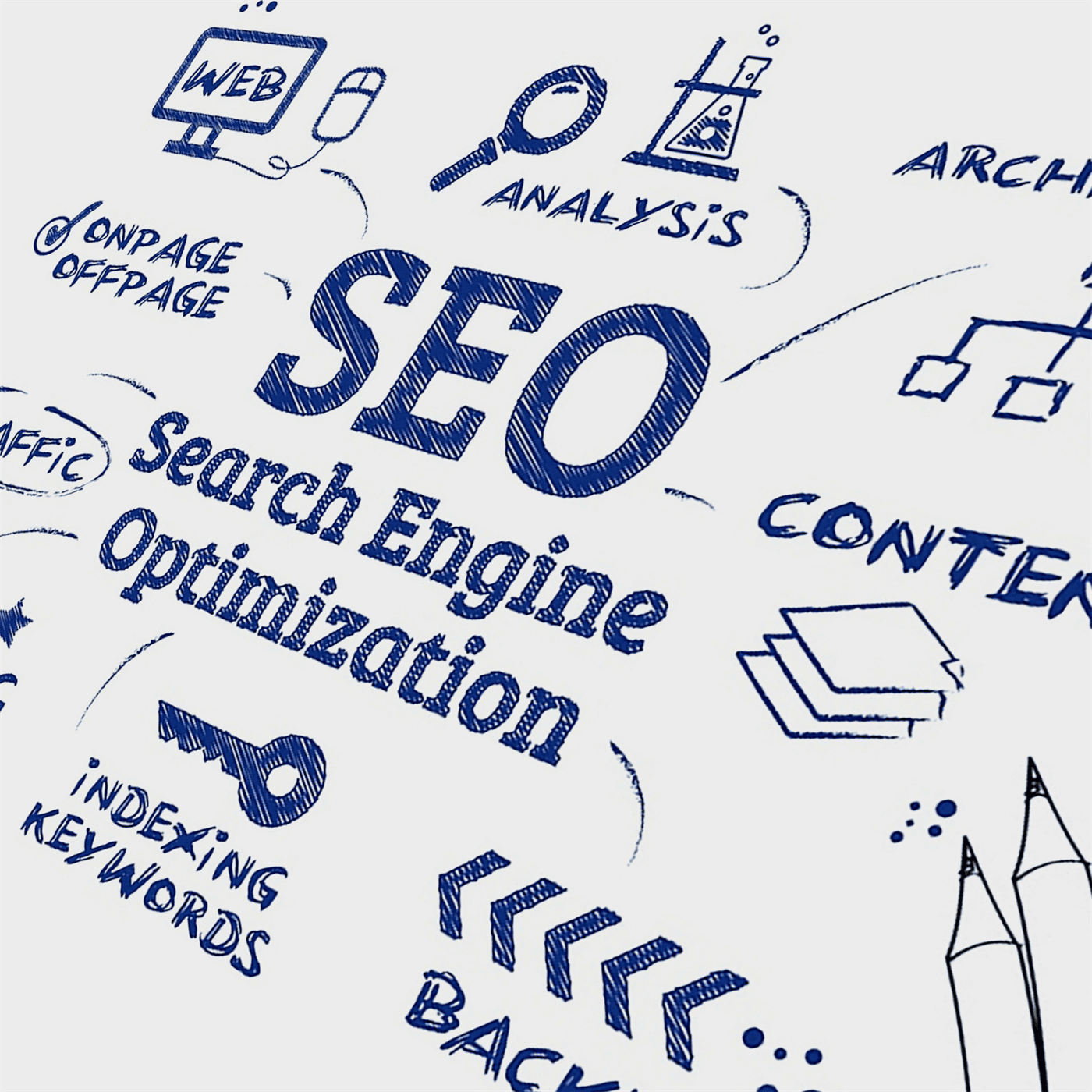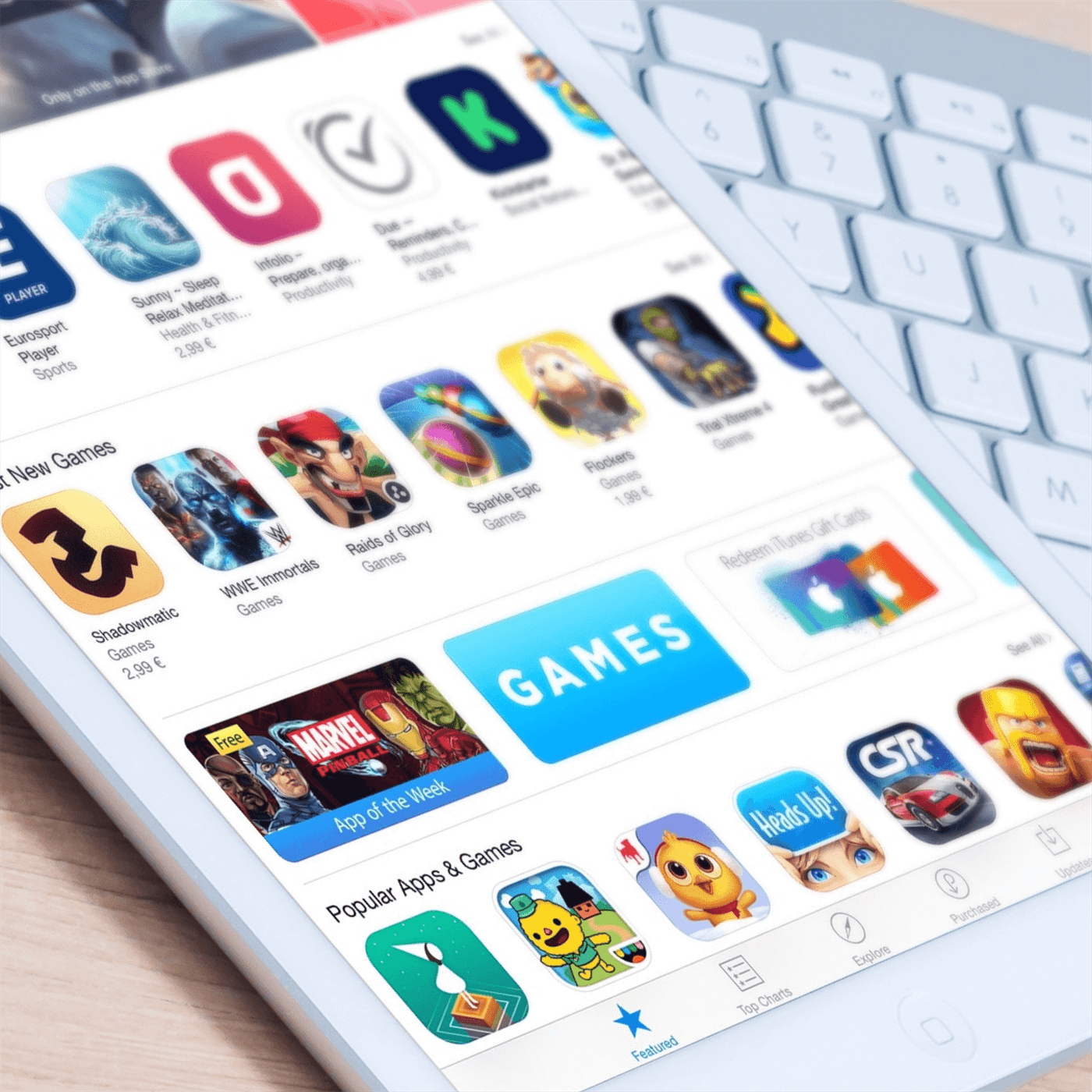How to attract customers with your company website
We all know that having a company website is essential today if we want the world to know about our business. But you may have wondered at some point, how can I attract customers to my company website?
It’s not just about social media marketing strategies or an email marketing campaign; your website also needs to be designed with the goal of attracting leads and converting them into customers. To do this, we will focus on the following points:
Table of contents:
- Design and functionality
- Structure and essential sections
- Menu
- About Us
- Services
- Success Stories
- Contact
- Content
- SEO
- CTAs
- Performance
Attractive and functional design
The first thing you need to address with your website design is that it must be responsive. Any user, regardless of the device they’re using to access it, should be able to view all content and navigate all visible buttons and menus.
In general terms that apply to both desktop and mobile, usability must be meticulously maintained. This means presenting content to the user in a simple, straightforward way, allowing them to navigate intuitively through the different sections. The goal is for users to easily find what they need, eventually leading them to leave their contact details or reach out to you directly.
Structure and Essential Sections
Regarding the structure of the content, create a map of all the information you want to present and narrow it down as much as possible while maintaining coherence. Remember that when users enter a website, instead of reading carefully, they scan it visually, so showing images, diagrams, or short messages will be the best way to captivate them from this first impression.
Let’s look at the sections that must not be missing from your presentation website:
- Menu: Keep the main menu visible whenever possible and try to avoid submenus unless they are intended to streamline the customer journey towards conversion.Call-to-action buttons and links can help you avoid creating a long or complicated menu. Make sure that all pages on your website are well-linked to each other. Besides being helpful for the user, this will also aid in SEO when Google scans your site.
- About Us: Although some clients may see this section as «unnecessary,» it is very important to have a page dedicated to the company. In this section, there are usually no more rules than to show where you come from, how you have become what you are now, and what you have to offer. It is the perfect moment to communicate that added value directly and summarize in a sentence or a paragraph the core of your company and why you are the option the customer needs. It is the perfect opportunity to connect and provide reassurance about your brand.
- Our Services: The services or products you offer as a company should always be visible from the main menu or have direct access from the homepage.
- Success Stories: Regardless of whether your company sells products or services, one way to provide more security and reliability to a potential customer who has just landed on your website is to showcase cases of other satisfied clients.
- Contact: Don’t let your customer slip away! Enable a contact form or display your contact information so potential clients can write to you or call you to request information.
Content
Create a content strategy within your website that focuses on solving the main problems and questions your clients may have. Base your content on useful solutions and link it to your services or success stories where potential clients can learn more about your company and what you do.
Good web positioning will result in more traffic to your website, and you should work on this organically through your content strategy—that’s what SEO is about. Define the keywords you will focus on throughout your site, and if you have a blog, you should delve deeper into these keywords to attract quality visits to your website and, subsequently, drive sales.
Tie everything up nicely
Don’t leave any section disconnected from another. As mentioned earlier, link each page of your website to another related one, creating a roadmap where the customer gets to know you more with each second they spend on your site and learns about your services through any section.
You can make these connections between your sections using the famous «Call to Action» or its acronym, «CTAs.» Calls to action are buttons or phrases placed at the end of a communication that invite users to take action, such as «request more information here.» Each CTA you add to your website should have a clear objective that could be:
- Lead the user to another page of interest within your own website.
- Invite the user to register or leave their details to be contacted.
- Get feedback from users about the content or the product/service you offer.
Performance
A fast loading time for your website enhances usability, improving the user experience and minimizing the bounce rate. The more inviting your website is, the longer users will stay.
Avoid having files such as images or videos be too large, as this can negatively impact overall performance and may cause potential customers to leave before they can view all the information on the page.
Have these points been helpful? Can you think of any other section or feature that you believe could be essential for your business website? Feel free to share your thoughts with us.


